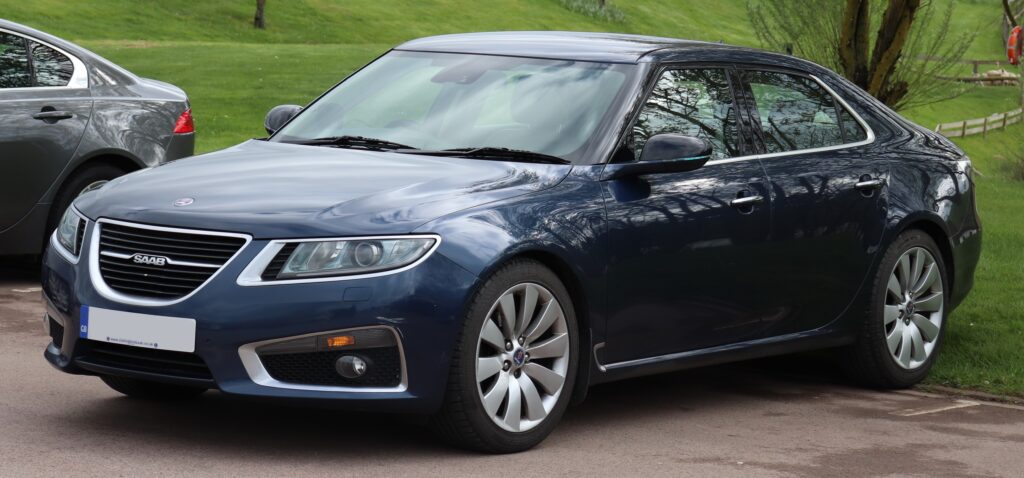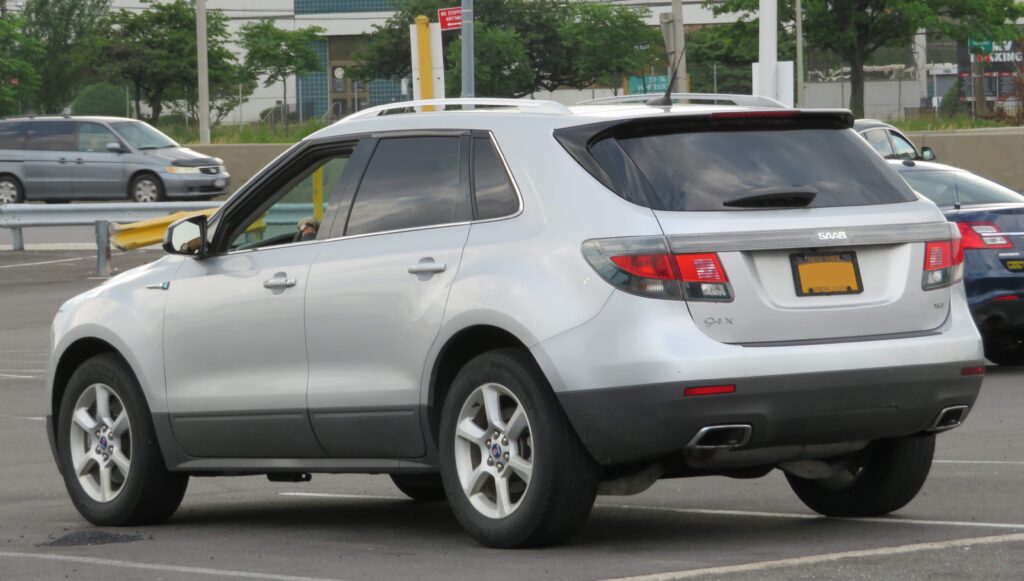Contents [hide]
Overview
Saab Automobile AB was a Sweden car manufacturer that was founded in 1945. The first production model was the Saab 92 which was launched in 1949. In 1969, Saab AB merged with the Scania-Vabis AB (a Swedish commercial vehicle manufacturer) to form Saab-Scania AB. Later in 1989, the Saab car division of Saab-Scania was restructured, and General Motors took 50 percent ownership giving it the option to acquire the remaining shares within a decade. General Motors, in 2000, exercised its option and acquired the remaining 50 percent of the company. It was later sold to Spyker Cars N.V (a Duch automobile manufacturer) in 2010. The company began to run out of money, and Spyker was not able to cover the losses just after a year in 2011, resulting in a debt of $1,500m USD.
Even though They couldn’t make a profit out of their cars, They built a few exceptional cars in their time.
1. 96

This vehicle was in production from 1960 to 1980 and was based on their original 92 model. At first, it featured a two-stroke, three-cylinder engine, later a four-stroke V4. This was the car that established Saab‘s reputation for reliability and toughness by having many victories in World Rally Championship.
2. 99 Turbo

This model was introduced in 1978. This vehicle used a 2.0L Turbocharged SOHC engine that produced a maximum power of 145 hp and 174 lb-ft of torque. This car had a top speed of 125 mph and took 8.5 seconds to accelerate from 0-60 mph. The car’s positives include smooth and quiet engine, strong road-holding, little body roll, neutral handling, high stability, and good steering feel.
3. 900 Turbo

This vehicle was equipped with a turbocharged inline 4 cylinder engine that produced a maximum power output of 143 bhp at 5000rpm. The engine was mated to a 5 speed Manual gearbox which transfer the power to the front wheels. The vehicle had a curb weight of 2734 lbs and could reach a top speed of 121 mph by accelerating from 0-62mph in 9.0sec.
4. Saab 600

This is identical to the first-generation Lancia Delta. Actually,The company made an agreement with Fiat in 1978 to sell a rebadged Lancia Delta as the Saab 600. The car was equipped with a 1.5L engine that had 85 PS (63 kW) and was connected to a five-speed manual gearbox.
5. Saab 9000

This vehicle was in production from 1984 to 1998. This car had a very big variety of naturally-aspirated and turbocharged engines that were attached to either a 4-speed automatic or 5-speed manual transmission. In total, 503,087 9000s were manufactured including all variants and model years but did not give the profit they expected due to heavy competition.
6. Saab 9-3

This sedan was in production from 1998 to 2014 by three different manufacturers General Motors (1998-2010), Spyker Cars (2011-2012), and NEVS (2013-2014). The first generation of this vehicle was based on the GM2900 platform, changed to the GM Epsilon platform in the second generation of this vehicle. 9-3 received an award as the most reliable vehicle in the middle class in 2010.
7. 9-5 Aero

This vehicle was popularly known as HOT Aero and was released in 2000 with a 2.3L B235R engine that produced a maximum power output of 227 hp. Later in 2002, 2.3L turbo engine was made standard that produced 247hp.
8. 9-3 Aero Carlsson

This vehicle was released Celebrating the 50th anniversary of Erik Carlsson’s first RAC Rally victory. And this was the final generation of the Aero division. This special edition was equipped with a 2.8L V6 turbocharged engine that produces 276hp and 295lb ft of torque, enough for a 0-60mph sprint time of just 6.9sec. Top speed is limited to 155mph.
9. Saab 9-5

This vehicle was in production from 1997 to 2012. This was introduced as a replacement for Saab 9000. This vehicle had Saab’s Active Head Restraints (SAHR) feature for which it won technology and safety awards in Australia, Denmark, and the United Kingdom. And also this vehicle was one of the first cars to have extensive side-crash protection.
10. 9-4X

This mid-size luxury crossover SUV was introduced at the 2010 LA Auto Show. This model was closely related to Cadillac SRX and was manufactured in the Mexico assembly plant. This vehicle was available with a choice of two petrol V6 engines: a 3.0 L producing 265 bhp and 223 lb⋅ft of torque and a 2.8 L turbo with 300 bhp and 295 lb-ft of torque.
FOLLOW US ON INSTAGRAM: 21motoring
..

